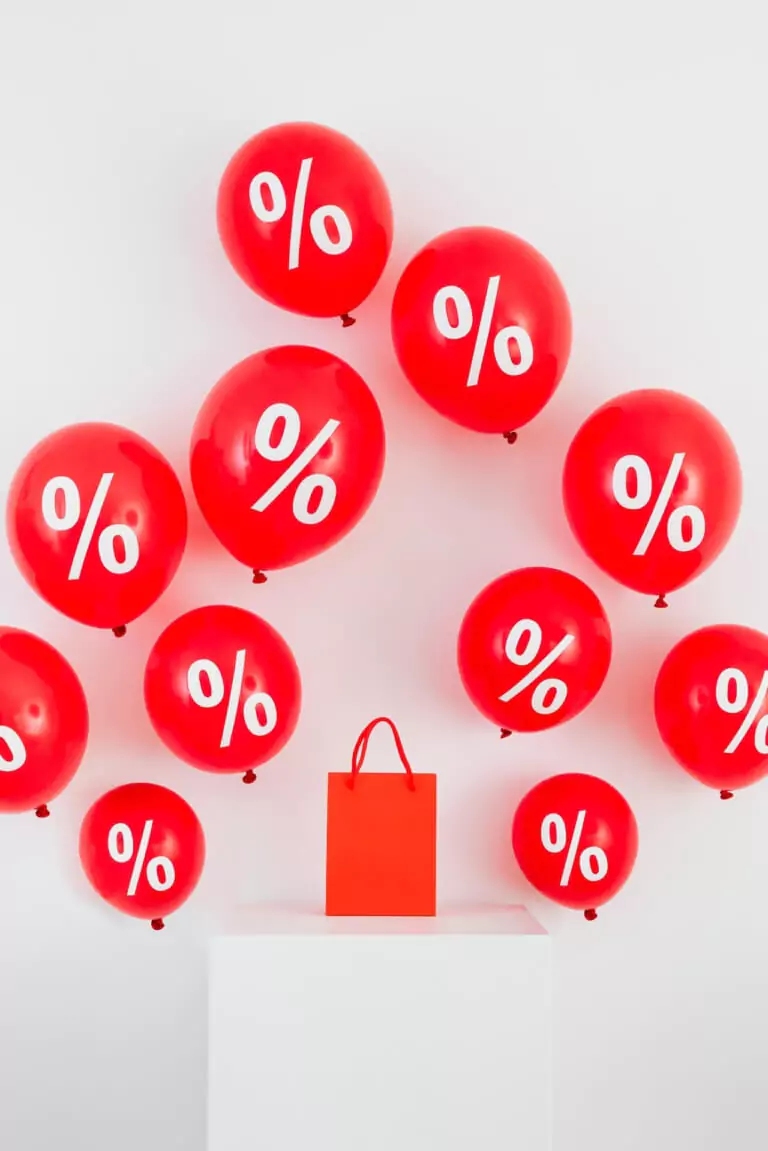Originally published May 14, 2019 , updated on June 27, 2024
The constant worry of most enterprise SaaS companies is their churn rate and how to decrease it. Interestingly, the “acceptable” SaaS churn rate isn’t something many people agree on. So if you’re wondering whether you have a churn problem, this article is for you.
What is SaaS Churn Rate?
The percentage rate at which SaaS consumers cancel their monthly subscription. Churn rate is a crucial metric for revenue forecasting and analyzing historical business performance. With regards to forecasting, companies can use churn rate to determine the probability of customers cancelling their subscriptions.
Kathy Lord, Senior Vice President of Sales & Customer Success at San Jose CA.-based Sage Intacct, explains that you can measure SaaS churn rate over a “given period of time, whether monthly, quarterly or annually”. She also mentions that though there is “no official calculation”, the dollar and logo churn rates are the most common methods.
Dollar churn rate consists of dollars lost both from customers leaving and downgrading. On the other hand, logo churn rate represents the percentage of customers that have left your service.
The formulas for both calculation methods are as follows:
- Dollar Churn Rate = [Expected Renewal Dollars]/[Actual Renewal Dollars]
- Logo Churn Rate = [No. of Customers That Left Your Service]/[Total Number of Customer]
What is an “Acceptable” Enterprise SaaS Churn Rate?

Lincoln Murphy of Sixteen Ventures, Bessemer Venture Partners, believes that an acceptable enterprise churn rate is between 5 and 7% annually, or approximately 0.4% monthly.
Another opinion on “acceptable” churn comes from research published by Tomasz Tunguz. He’s a Managing Director at Menlo Park, Calif.-based Redpoint Ventures. While enterprises should be aiming for an annual churn rate of between 6 and 10%, the SMB market could face between 31 and 58%. Mid-market SaaS companies, understandably, are somewhere in the middle, with a figure of between 11 and 22% being desirable.
According to research by Pacific Crest, a survey of 336 SaaS companies revealed that the annual median SaaS churn rate was around 6% for companies earning more than $2.5 million in revenue.
With all these sources agreeing that acceptable churn should be between 5 and 10% annually, should enterprise SaaS companies with double be concerned?
There’s No Magic Number
When asked what an acceptable enterprise SaaS churn rate is, Kathy Lord has this to say:
“There is no magic number. Instead, [brands should be] looking at [their SaaS churn rate] in conjunction with customer growth rate, expected customer lifetime and CLTV (Customer Lifetime Value) to determine if you have a sustainable business model.”
CEO and Founder of Arlington VA-based ChurnZero, You Mon Tsang, agreed, adding “I’ve seen a lot of churn rates in my [time] and having just a churn rate is not enough to explain if it’s good or bad. On the SMB side, I’ve seen churn rates [between] 20 percent annually to 35-40 percent annually and they can still [operate as] a healthy business. [For businesses that] sell to small businesses (B2B) that pay monthly – I’ve seen churn over 50 percent on an annualized basis, [but] if you get all your customers via word-of-mouth, you could [still] survive high churn rates.”
Indus Khaitan, Chief of Growth at San Francisco, CA Chargebee, also shared some insight into “acceptable” churn rates, explaining that “for high growth SaaS companies that have achieved a product market fit, and are looking to double their revenues in successive years, and are planning to raise venture investments, an acceptable churn rate is a ‘net negative revenue churn’.” A net negative revenue churn indicates that “increased revenue from existing customers is outstripping [the revenue lost from those who] have canceled their accounts.” This could range from 0 to 2%.
Is There a Different Benchmark for B2B SaaS Churn Rates and B2C’s?

A bad churn rate, according to Lord, whether B2B or B2C, is “not closely tied to a company type.”
According to her, “the real indicator comes from understanding what average customer life expectancy is, what a company’s CLTV is, and at what rate the company is acquiring customers.”
She continued to explain that churn rates greater than customer acquisition rates are bad. Whether the company is B2B or B2C.
Khaitan supported this claim with his own. He says it is “hard to quantify a generic bad churn rate” as every industry will have their own objectives and requirements. With each company also serving different segments, also add that “an email marketing software sold to SOHO (small office, home office) segment at a low price point could have a 20-25 percent annual churn. But the same company selling to the enterprise segment could have a 5 percent annual churn. The seasonality of buyers in the SOHO may come into play where they use it for a few months, cancel their accounts and probably come back again, as needed. Though, enterprise customers may lock-in for multiple years.”
At What Stage Should SaaS Companies Be Alarmed?

According to Jake Mastrandrea, Head of Marketing at Sunnyvale CA.-based Checkbook.io, brands should be advised to look out for the following red flags:
- Churn rates higher than they were previous year.
- The monetary value of customers leaving your business being equivalent to or greater than new business acquisition.
- Churn rate is increasing each month.
- Unbalanced Lifetime Value (LTV) : Customer Acquisition Value (CAV) ratio (also known as LTV : CAV).
- Low LTV
Lord also suggested that brands keep a close eye on their churn. He urges them to investigate the reason for churn no matter the annual rate and stating:
“Companies need to closely monitor and take action to mitigate churn as soon as they complete their first renewal cycle.”
Khaitan also shared that there are a number of reasons that customers might leave the business. If the cause is within the control of the business, it must be addressed. She states that “customers leave for a variety of reasons; however, it is alarming when the [churn is] high and [is] due to issues that are within the control of the business and related to one of marketing, sales, product, support.”
Post Views: 2618


















